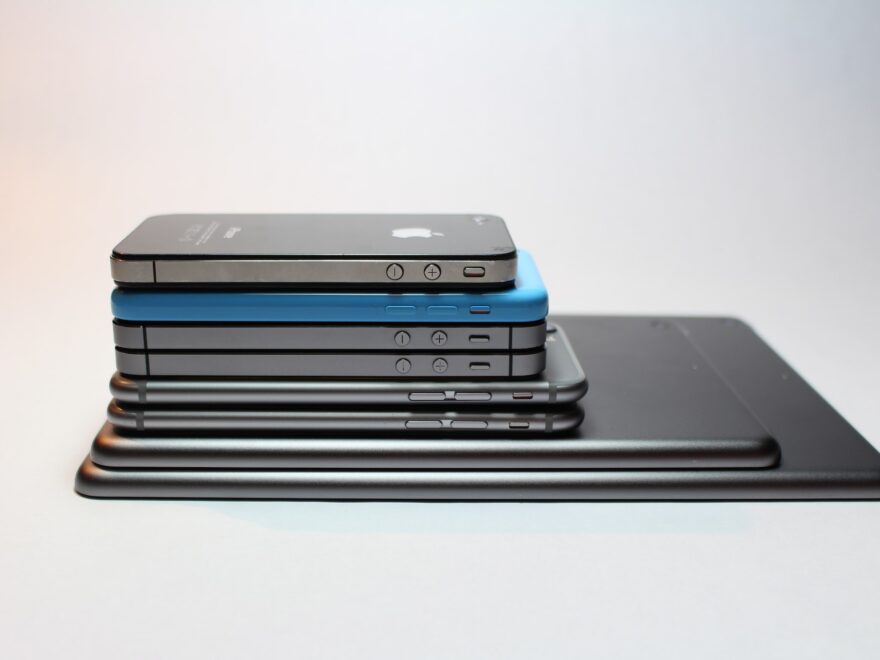G’day tech enthusiasts! Welcome back to The Tech Bit, your go-to source for all things tech. Today, we’re taking a trip down memory lane, tracing the evolution of an iconic piece of technology that revolutionised the smartphone world – Apple’s iPhone.
1. iPhone (2007)
The one that started it all, the original iPhone was introduced in 2007 by Steve Jobs. It revolutionised the mobile phone industry with its 3.5-inch display, multi-touch interface, and the ability to play music, browse the web, and make calls – all from one device.
2. iPhone 3G (2008)
The 3G in the iPhone 3G stood for its ability to connect to 3G networks, a considerable step up in speed from the original 2G iPhone. This model also introduced the App Store, opening a whole new world of possibilities for iPhone users.
3. iPhone 4 (2010)
With the introduction of the iPhone 4, Apple wowed users with its new ‘Retina Display’, a higher-resolution screen. The sleek glass and stainless-steel design, along with the addition of a front-facing camera for FaceTime, set the new standard for smartphones.
4. iPhone 5 (2012)
The iPhone 5 marked another design shift with a taller 4-inch screen, allowing for an extra row of apps, and a lighter, thinner design. This model also saw the introduction of the Lightning connector and the ear-pods.
5. iPhone 6 and 6 Plus (2014)
Here, Apple finally answered the demand for larger screens with the 4.7-inch iPhone 6 and 5.5-inch 6 Plus. The design became smoother and more refined, with rounded edges and an ultra-thin body.
6. iPhone X (2017)
The iPhone X (pronounced ‘ten’) was a big leap forward, marking the iPhone’s 10th anniversary. It featured an edge-to-edge OLED screen, no home button, and introduced Face ID. It also brought us the infamous notch, housing a sophisticated array of sensors for facial recognition.
7. iPhone 11 (2019)
With the iPhone 11 series, Apple introduced a triple-camera system in the Pro models, offering wide, ultra-wide, and telephoto lenses. The A13 Bionic chip gave these phones incredible processing power, and the design boasted more durable glass and improved water resistance.
8. iPhone 12 (2020)
The iPhone 12 lineup brought back the flat-edge design of the iPhone 4. A significant introduction was the support for 5G networks and the Ceramic Shield front cover, touted as offering 4x better drop performance.
9. iPhone 13 (2021)
The iPhone 13 series, with its smaller notch, up to 1TB storage option, and the A15 Bionic chip. The Pro models now feature ProMotion technology, offering a 120Hz refresh rate for smoother visuals.
9. iPhone 14 (2022)
The most recent in the line is the iPhone 14. This model boasts a 12MP camera, built in Face ID, Apply Pay and other safety features. With the A15 bionic chip and spash, water and dust resistance, this is the most powerful iPhone to date.
From its birth in 2007, the iPhone has seen incredible transformations. It has continually pushed the boundaries of what a smartphone can do, impacting our lives in countless ways. As we’ve journeyed from the original iPhone to the current iPhone 13, we’ve witnessed how this iconic device has defined and redefined the mobile phone industry.
The future of the iPhone seems set to be just as exciting as its past, and here at The Tech Bit, we can’t wait to see where the next evolution takes us. As always, we’ll be here to share the latest in tech news and insights.

